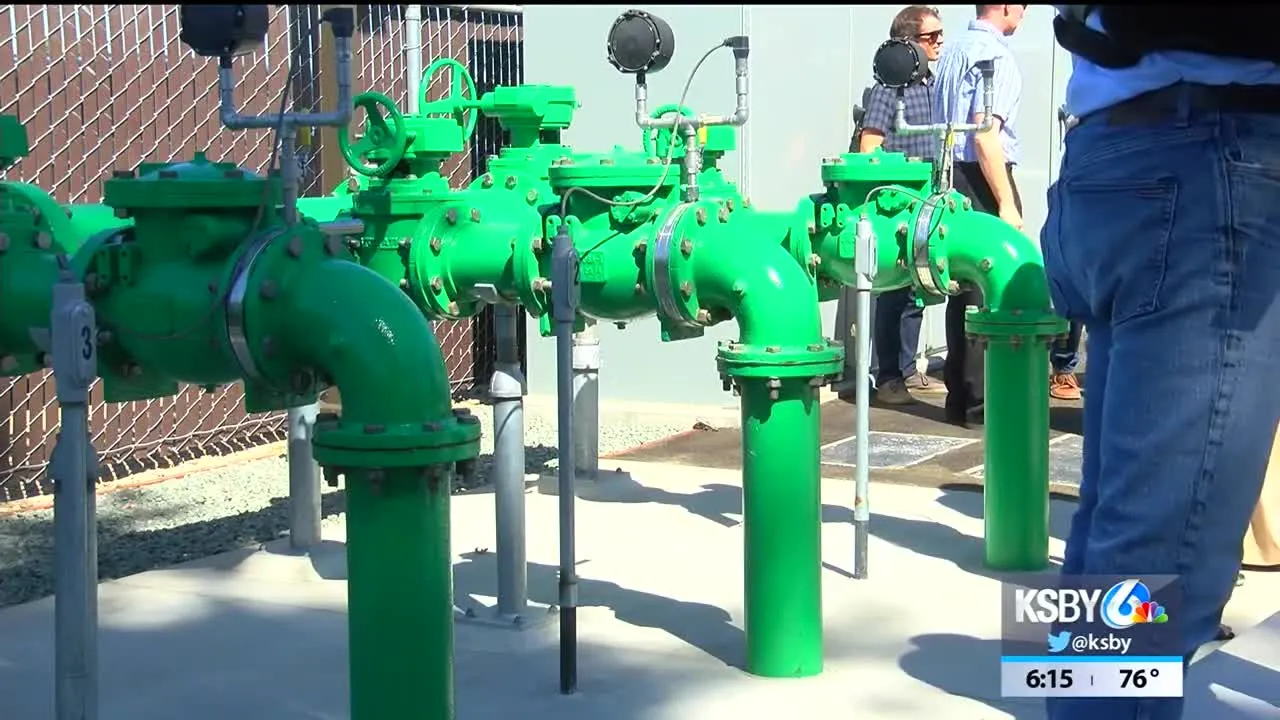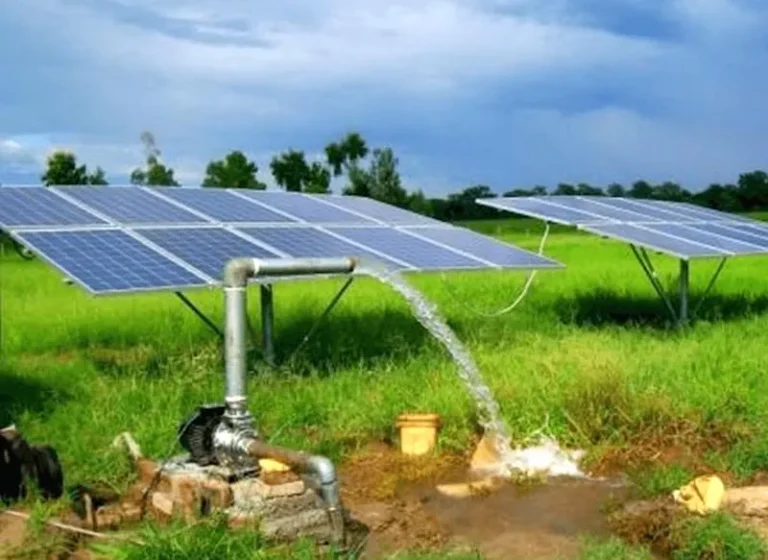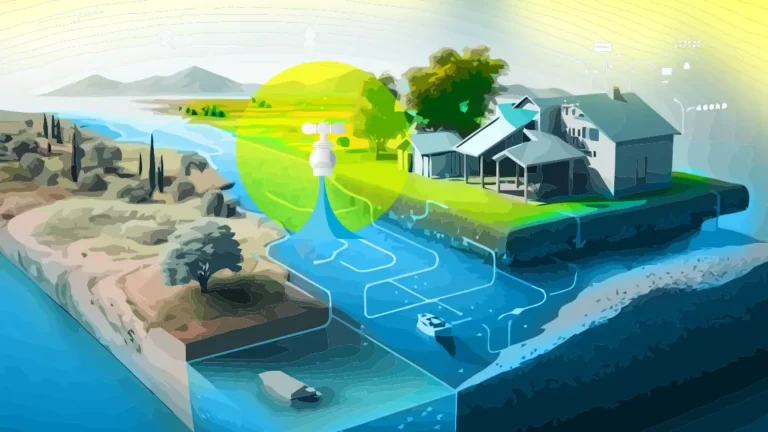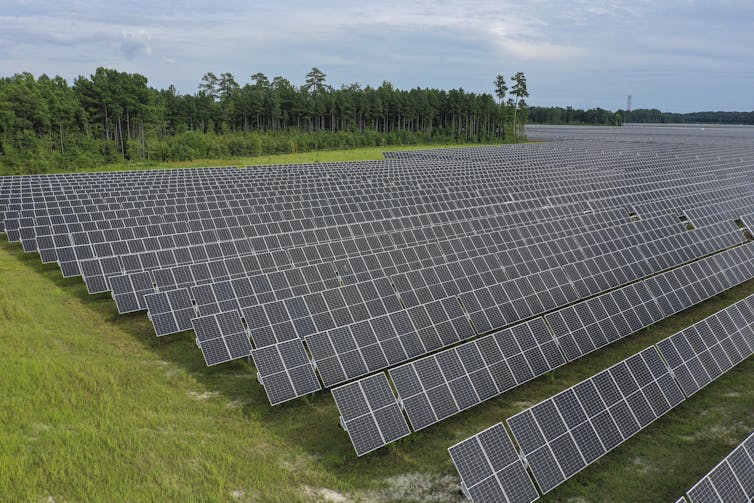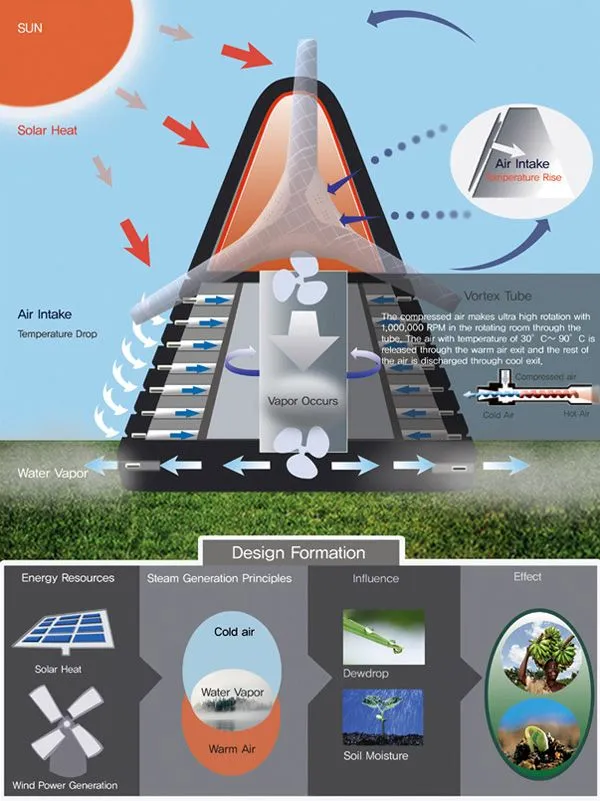How to Implement Drought-Proof Water Systems in Your Community
Droughts are becoming more frequent and severe due to climate change, making it imperative for communities to implement drought-proof water systems. These systems can help ensure a reliable water supply during times of water scarcity, reducing the impact of droughts on residents, agriculture, and local ecosystems. Here are some steps to help your community implement drought-proof water systems:
1. Assess your community’s water needs: Start by evaluating your community’s water usage and identifying areas where water conservation and efficiency measures can be implemented. Consider the water demands of residents, businesses, and agriculture, as well as the availability of water sources in your area.
2. Invest in water conservation and efficiency measures: Implementing water-saving technologies, such as low-flow fixtures, efficient irrigation systems, and leak detection programs, can help reduce water waste and ensure a sustainable water supply. Encourage residents and businesses to conserve water through education and outreach programs.
3. Diversify your water sources: Relying on a single water source can leave your community vulnerable to droughts. Consider diversifying your water sources by investing in rainwater harvesting, groundwater recharge, desalination, and water recycling technologies. This can help ensure a reliable water supply even during times of water scarcity.
4. Implement water reuse programs: Recycled water can be used for non-potable purposes, such as irrigation, industrial processes, and landscaping. Implementing water reuse programs can help reduce the demand for freshwater resources and ensure a more sustainable water supply for your community.
5. Develop a drought response plan: In the event of a drought, having a comprehensive drought response plan in place can help your community respond quickly and effectively to water shortages. This plan should include measures such as water rationing, groundwater management, and emergency water supply options.
6. Engage stakeholders and build partnerships: Collaborating with local government agencies, water utilities, non-profit organizations, and community members can help build support for drought-proof water systems and ensure their successful implementation. Engage stakeholders in the planning and decision-making process to ensure that the needs and concerns of all parties are addressed.
By implementing drought-proof water systems, your community can reduce its vulnerability to droughts, ensure a reliable water supply for residents and businesses, and protect local ecosystems. Taking proactive steps to conserve water, diversify water sources, and develop a drought response plan can help build resilience to water scarcity and ensure a sustainable future for your community.

